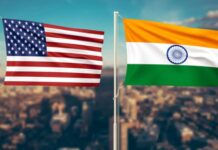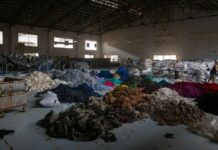President Donald Trump has announced plans to impose a dramatic 100% tariff on all imports from China, escalating the ongoing conflict between the two nations. This new tariff, proposed to take effect next month, is a response to China’s recent export restrictions on rare earth minerals—vital materials used in various industries, including technology and energy. The announcement raises concerns about potential retaliatory measures from Beijing and an escalation in the trade war.
In his statement, Trump cited China’s “very hostile” actions as justification, suggesting that the tariffs are necessary to protect American industries. It is impossible to believe that China would have taken such an action, but they have,” Trump expressed, alluding to China’s new regulations that demand special approvals for exporting products containing rare earth metals, even if manufactured outside its borders.
The proposed tariffs cover various consumer products, potentially affecting a wide array of industries, including apparel, electronics, and machinery. Increased costs on textile imports may lead manufacturers to reconsider their sourcing strategies, potentially driving up prices for consumers and disrupting established supply chains. The implications of these US China trade tariffs could ripple through markets, affecting everything from fashion brands to retail operations.
Financial markets reacted negatively to the tariff announcement, with major indices such as the S&P 500 and Nasdaq registering significant declines. Investors are concerned about the implications of heightened trade barriers, which could hinder economic growth and lead to a more volatile market environment.
While Trump’s administration opened the door for potential negotiations by suggesting a desire to help China avoid economic hardship, the uncertainty looms large. As both countries grapple with these pressures, the global economic landscape remains precarious. The specter of US China trade tariffs continues to pose significant challenges for businesses across various sectors, underlining the tension that marks this vital economic relationship.


































